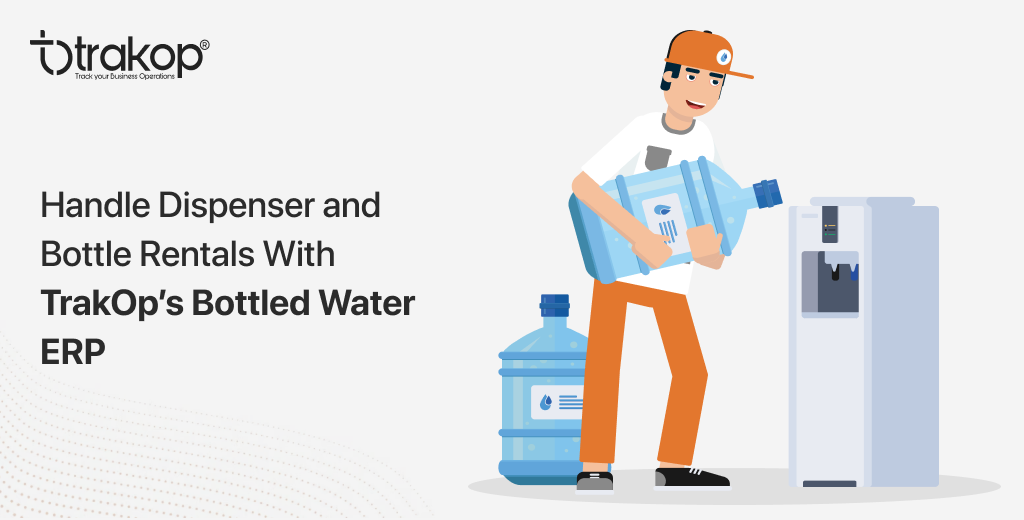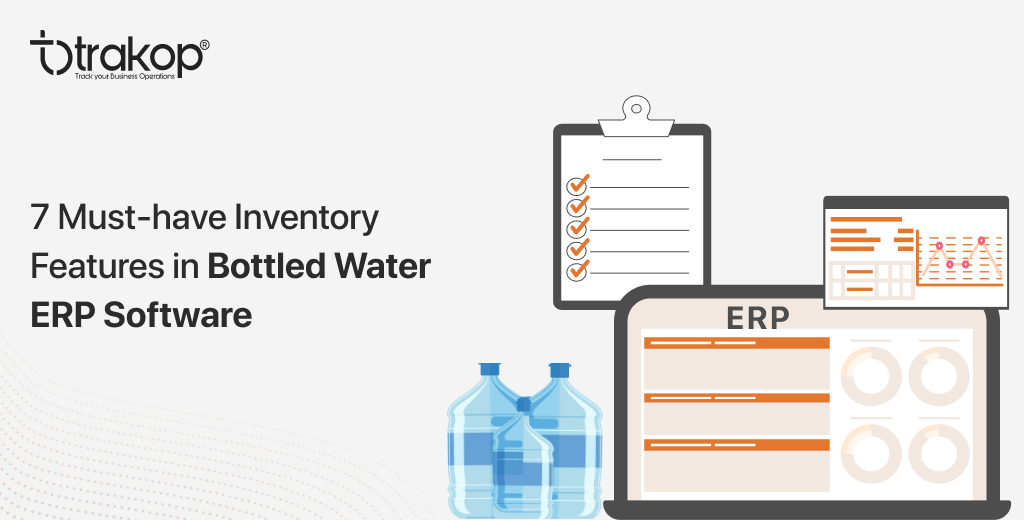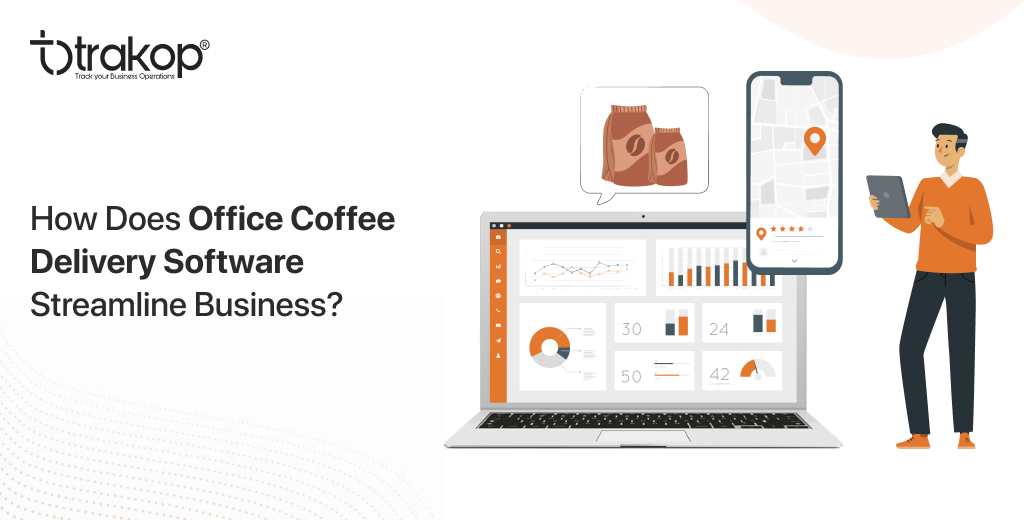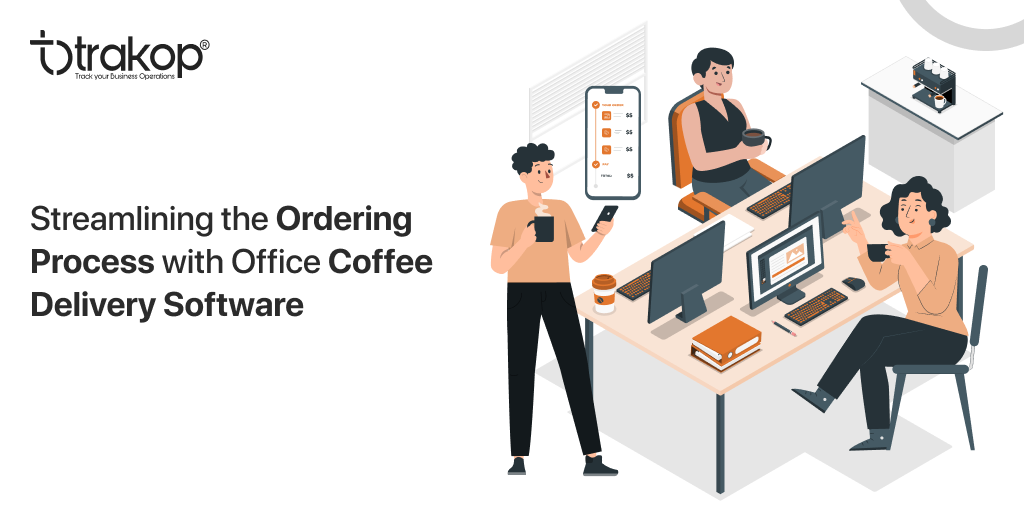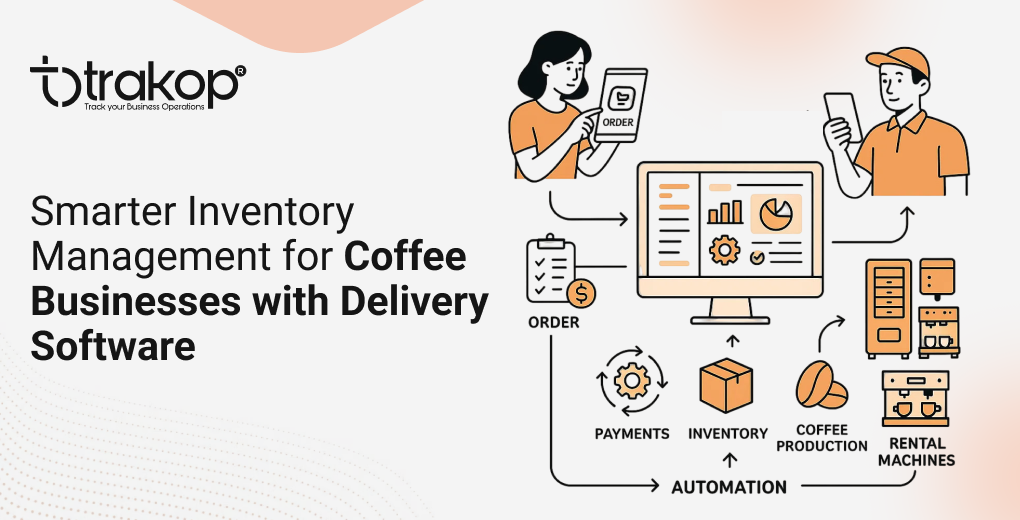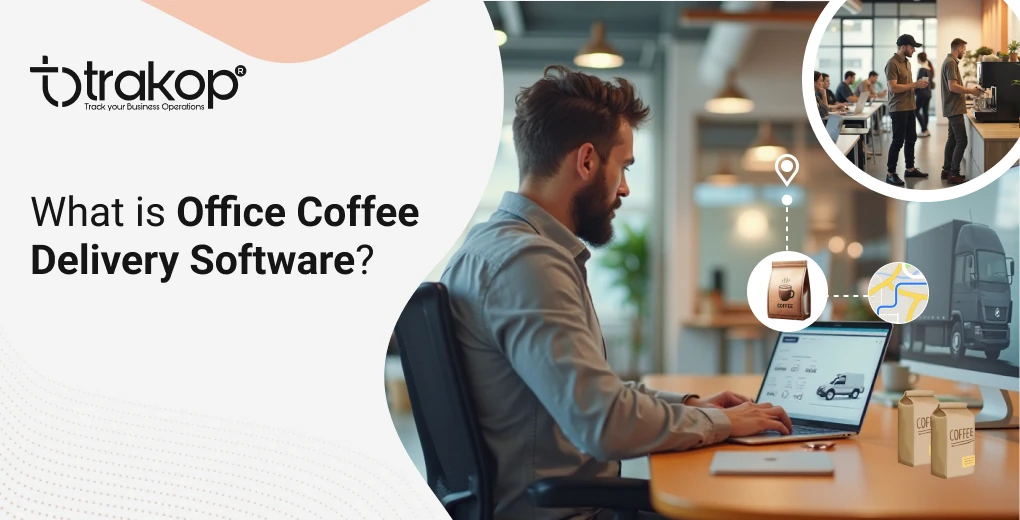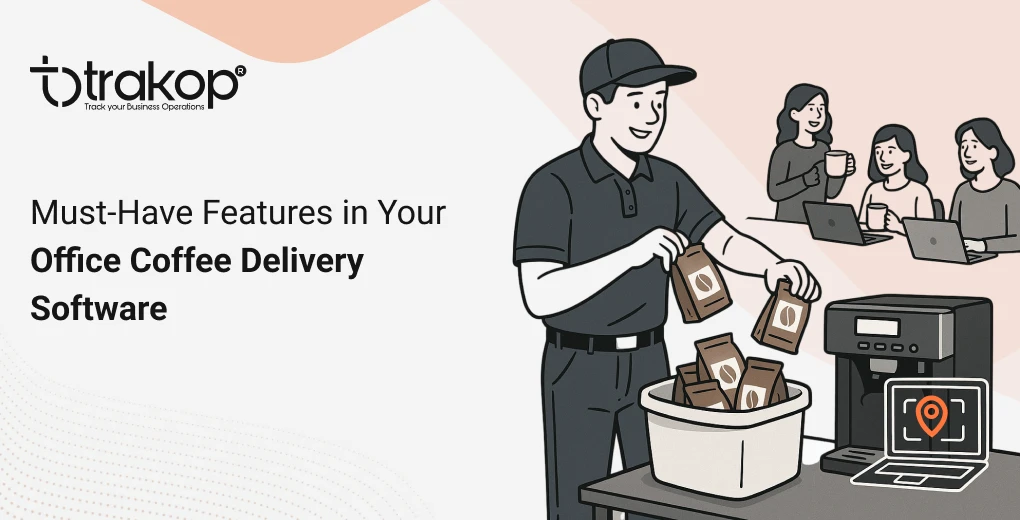Last-mile Delivery For E-commerce in 2025: Importance, Trends, and Challenges

Changes in last-mile delivery trends are mainly determined by changing consumer habits and delivery expectations for fast and accurate deliveries. According to a report by the World Economic Forum, “fast deliveries have been normalized.”
All the big brands, like Amazon and BigBasket, have grown by just focusing on last-mile deliveries and making them more efficient. In 2020, the importance of last-mile delivery intensified with the boom in e-commerce. In the third quarter of 2022, U.S. retail sales jumped by 10% to $250 billion over Q3 2021.
The importance of last-mile delivery is increasing expeditiously with the quest to meet customer demand. However, certain challenges have made last-mile deliveries challenging.
The article will discuss the importance, trends, and challenges in last-mile delivery.
How important is last-mile delivery for a business?
According to a report by Accenture, “last-mile delivery accounts for 53% of the total cost of shipping—and 41% of total supply chain costs.” And this high last-mile delivery cost adds to the head operational costs. Regardless of business size, businesses must streamline their last-mile deliveries to survive and grow in a competitive market.
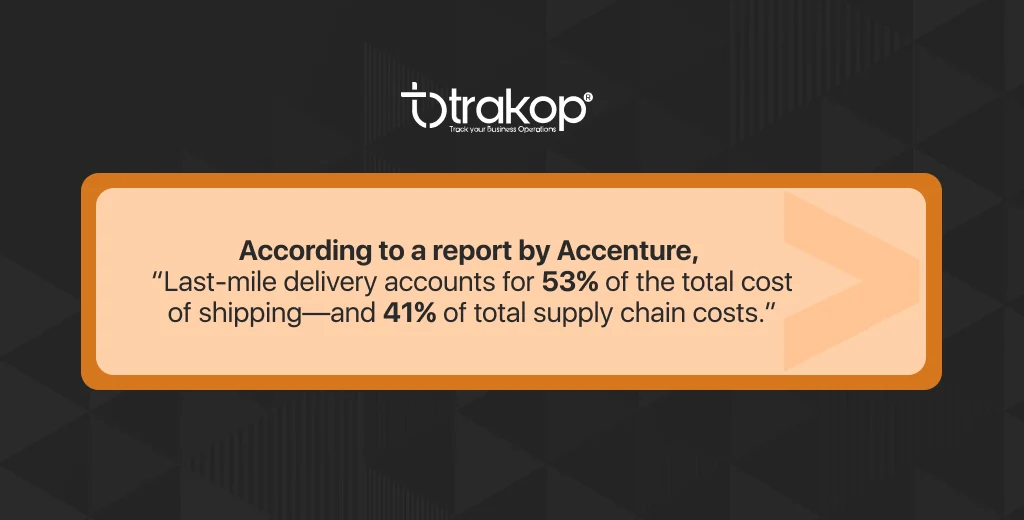
Here are some points that might explain them better
Enhance customer experience – Customers love on-time deliveries (OTD) and prefer to buy online where they can track their orders. This enhances the customer experience and increases the customer satisfaction score (CSAT). On-time and accurate deliveries help boost repeat sales, bring in references, and retain existing customers. A good customer experience increases customer retention rates and helps acquire new customers while reducing the cost of acquisition (CAC).
Increase efficiency – Effective last-mile delivery can increase the efficiency of the last-mile delivery. Businesses can streamline last-mile deliveries by implementing effective route planning and sequencing. Using route optimization software, which can create the shortest delivery path and sequence the orders accordingly, can achieve this. Increased efficiency can help reduce transportation costs and carbon footprints.
Increase sales – Happy customers are much more likely to refer the service to their relatives, which not only retains existing customers but also acquires new ones. Referral customers reduce the cost of acquisition and add to net profit sales. Efficient last-mile delivery opens new opportunities to penetrate demographically and acquire customers, ultimately boosting sales and revenue.
Also Read: 6 Last Mile Delivery Trends You Won’t Want to Miss in 2025
Top 6 popular last-mile delivery trends for 2025
Contactless deliveries – COVID-19 is a new trendsetter in last-mile delivery, where contactless deliveries are one of the crucial features. With rising health concerns, most customers still prefer contactless deliveries. Businesses that have opted for contactless delivery have increased digital payments, minimized the chances of spreading any infection, and helped build more trust.
Last-mile delivery visibility – Tracking and visibility are two major concerns in last-mile delivery. GPS tracking has enhanced last-mile visibility. Enabling real-time order status and tracking the order once it is out for delivery with an estimated time of arrival to the customers is just the beginning. Using a GPS to track the order, provides their customers with the transparency and traceability they seek.
Enable faster order fulfillment – Auto-order assigning and optimizing the delivery routes contribute to faster order fulfillment. According to the Retail Industry Leader Association, “90% of customers expect two or three days of delivery. Whereas, a study by Shopify suggests that 32% of customers abandon their cart if the estimated shipping time is longer. Increasing customer demands and expectations have pushed businesses to optimize and streamline their delivery operations to step up competition. Businesses have integrated route optimization software to optimize their last-mile delivery.
Sustainable deliveries – Customers have become more aware and conscious about the environment and have started changing their shopping habits. Every time, fast deliveries are not sustainable. Many businesses have started opting for scheduled deliveries to make last-mile deliveries more sustainable. They can create schedules and customers can choose any delivery schedules according to their preferences. This promotes both sustainable deliveries and sustainability scores.
Last-mile delivery insourcing – Earlier, many businesses used third-party logistics to make last-mile deliveries. However, because the costs of hiring third-party logistics are so high, many businesses have begun to use their vehicles for delivery. Last-mile logistics, unlike outsourced logistics, can be managed and tracked in-house.
Cost-effective with analytics – Predictive analytics can help make decisions related to optimizing future last-mile delivery. Technology can help provide such intuitive data that a business can manage its entire delivery business on a single platform. It can automate and streamline the entire delivery process, along with the auto-generation of analytical data that can be studied and analyzed to level up the last-mile delivery process.
According to a report by the World Economic Forum, “ 25% rise in consumer e-commerce deliveries in 2020, with some of the increased demand expected to last well beyond the pandemic.”
Challenges in last-mile deliveries for E-commerce
Last-mile deliveries have undergone significant changes over the last decade. This transformation is technology-driven, changing customer expectations and evolving business models. The key challenges in e-commerce that led to these advancements are:
High logistics costs – Logistics alone costs 53% of the total shipping costs. Moreover, customers do not want to pay higher prices for quick deliveries.
Evolving customer expectations – Customers expect fast and free deliveries, which makes it hard for businesses to cope with the delivery costs.
Damage to the packages – While focusing on delivering fast, handling is hampered, leading to damaged packing. It doubles the cost.
Inefficient return management – Not having a seamless return process can reduce revenue. The increased rate of return has brought up many challenges which lead to unrealized losses.
Rigid workflow – Changing consumer demand does not allow a rigid delivery workflow. E.g., It demands flexibility for consumers to edit their delivery addresses and a rigid workflow can not offer it.
Visibility issue – Lack of visibility can lead to delays, diversions, high fuel costs, vehicle idling, etc. The lack of such flexibility is a great challenge.
High first-time delivery failure – Unsuccessful deliveries can incur extra costs. Extra man handling, route turnaround, and time consumption can increase overhead costs.
Conclusion
The future of last-mile deliveries in e-commerce is defined by technological innovation, sustainability efforts, and changing consumer preferences. Companies that can effectively integrate these elements into their delivery strategies will be well-positioned to meet the challenges and opportunities of the rapidly evolving e-commerce landscape.
Customers have become more environmentally sensitive as they buy items online. They consider the environmental and health impacts when buying online. Using technologies has fueled the last-mile ecosystem revolution, urging businesses to optimize their last-mile delivery to be consistent in the competitive market.
If you are looking forward to leveling up your delivery business, schedule a call with our last-mile delivery experts to see how Trakop, a delivery management software, can help your business streamline and optimize your deliveries.
Hope You Enjoyed the Read!

He loves to explore. His passion for helping delivery industries in all aspects flows through in the vision he has. In addition to providing smart solution to make delivery process flawless, Ravi also likes to write sometimes to make it easier for people from business industry looking for digital solutions.
